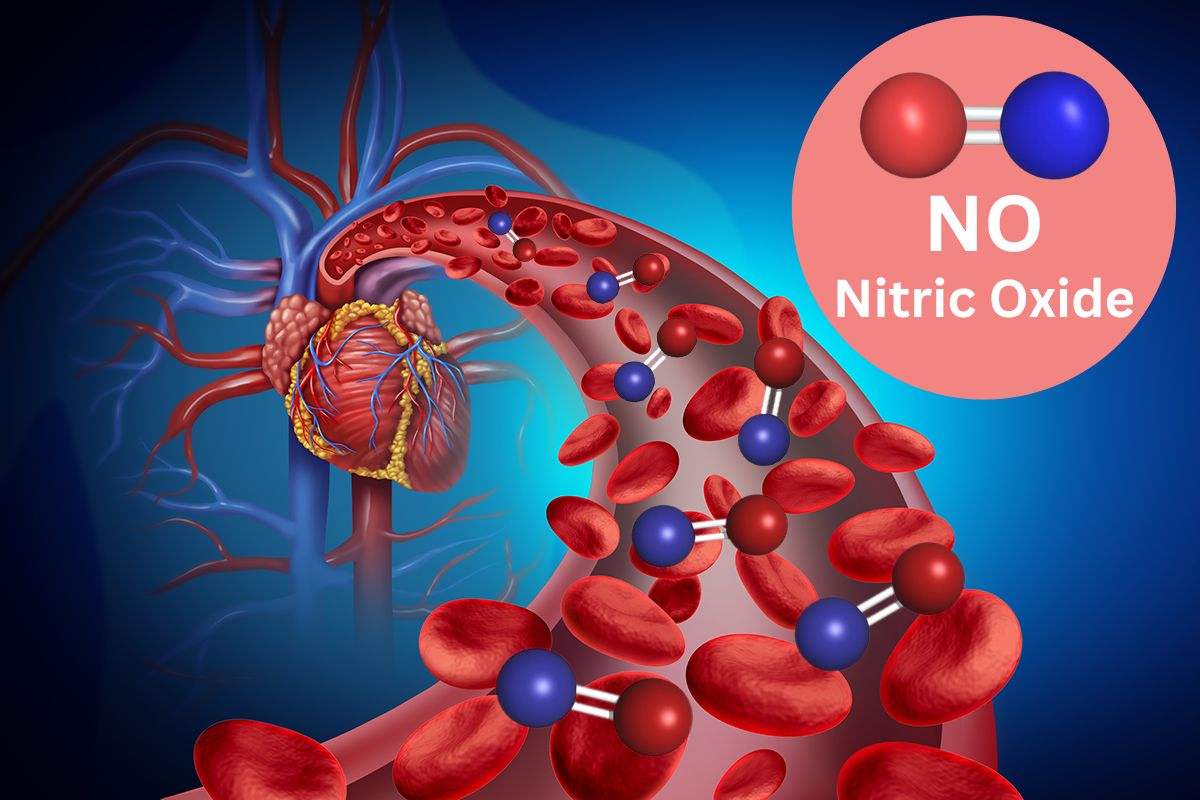The latest discoveries about NO have the potential to radically reshape the way we think about the respiratory system and offer new avenues to save lives.
Scientific dogma has the process of respiration involving only two elements: oxygen and carbon dioxide.
In particular, the delivery of oxygen from the lungs to the tissues and the removal of the waste product, carbon dioxide, through exhalation.
Recently published information demonstrates that NO is essential for the delivery of oxygen to cells and tissues that need it.
A continuous supply of oxygen is essential for the survival of multicellular organisms.
Understanding how this supply is regulated in the microcirculation has evolved from viewing erythrocytes, red blood cells, as passive carriers of oxygen to recognizing the complex interaction between hemoglobin, Hb, and oxygen, carbon dioxide, and NO, the three-gas respiratory cycle, which ensures an adequate supply of oxygen and nutrients to meet local metabolic demands.
In this context, it is blood flow and not the oxygen content of the blood that is the primary driver of tissue oxygenation by red blood cells.
In this way, potential therapeutic interventions should be identified to correct deficits in red blood cell-mediated vasodilation to improve oxygen delivery phases towards more effective therapies targeting the microvasculature.
To the extent that diseases of the heart, lungs, and blood are associated with reduced tissue oxygenation, the development of new therapies based on the three-gas respiratory system has the potential to improve the well-being of millions of patients.
In more understandable words, it is the NO that must accompany the hemoglobin to allow the blood vessels to open and thus deliver oxygen to the tissues.

